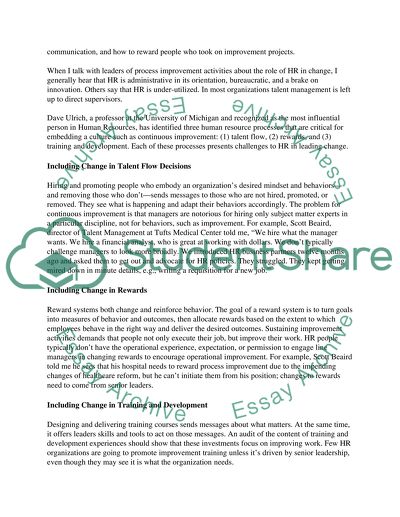Cite this document
(Human Resource Development Articles Article Example | Topics and Well Written Essays - 1632 words, n.d.)
Human Resource Development Articles Article Example | Topics and Well Written Essays - 1632 words. Retrieved from https://studentshare.org/human-resources/1585857-writing-a-memo-about-human-resource-development-articles
Human Resource Development Articles Article Example | Topics and Well Written Essays - 1632 words. Retrieved from https://studentshare.org/human-resources/1585857-writing-a-memo-about-human-resource-development-articles
(Human Resource Development Articles Article Example | Topics and Well Written Essays - 1632 Words)
Human Resource Development Articles Article Example | Topics and Well Written Essays - 1632 Words. https://studentshare.org/human-resources/1585857-writing-a-memo-about-human-resource-development-articles.
Human Resource Development Articles Article Example | Topics and Well Written Essays - 1632 Words. https://studentshare.org/human-resources/1585857-writing-a-memo-about-human-resource-development-articles.
“Human Resource Development Articles Article Example | Topics and Well Written Essays - 1632 Words”, n.d. https://studentshare.org/human-resources/1585857-writing-a-memo-about-human-resource-development-articles.


